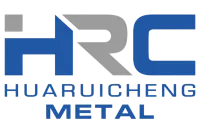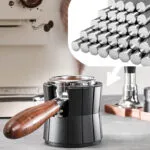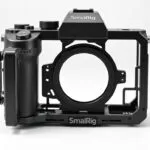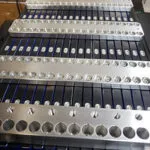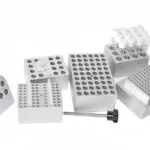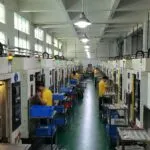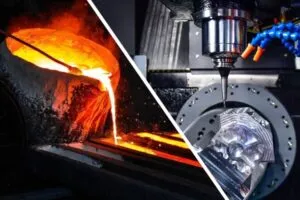CNC machining has changed the game in precision manufacturing. It offers unmatched accuracy and versatility. As technology gets better, the need for custom CNC parts grows. This makes manufacturers look into different machining styles.
We will explore the differences between 3-axis, 4-axis, and 5-axis machining. This will give you insights into their uses. Knowing these differences helps you choose the right CNC machining services for your needs.
What’s The Difference Between 3, 4, and 5 Axis CNC Machining?
CNC machining comes in different setups, each with its own use. Knowing the differences between 3-axis, 4-axis, and 5-axis machining is key. It helps industries pick the best option for their projects. The main factors include cost, special features, how complex the machine is, and how flexible and accurate it is.
1. Cost:
The cost of CNC machining changes with each type. 3-axis machining is usually the cheapest because it’s simple and has lower setup costs. 4-axis machining adds a rotational feature, making it more expensive. 5-axis machining is the priciest because of its advanced features and capabilities.
2. Features:
Each type of machining has unique features for different needs. 3-axis machines work on three linear movements, good for basic tasks. 4-axis machines add a rotational movement, allowing for more complex designs. 5-axis machines can move tools in all directions, making precise cuts possible.
3. Numbers and Axis Movement:
It’s important to know about the axis numbers. The axis movement in CNC machines decides how varied the shapes can be. A 3-axis machine moves in the X, Y, and Z axes. 4-axis machines add a rotational feature for more complex shapes. 5-axis machines combine linear and rotational movements, opening up more design possibilities.
4. Flexibility, Accuracy, and Efficiency:
Different CNC machining setups affect flexibility, accuracy, and efficiency. 5-axis machines offer more flexibility, making complex shapes easier to create. This leads to higher accuracy, especially for detailed designs. So, 5-axis machining is often better for complex parts than 3-axis and 4-axis machines.

What is Axes?
In CNC machining, the axes are key to how a machine works. Knowing about CNC axes helps operators understand their machine’s movement and positioning. This part looks at the basic and advanced axes that affect machining precision and versatility.
The Basic Axes: X, Y, Z
The X, Y, and Z axes are the main axes in CNC machining. They control the machine’s linear movements. The X axis moves the tool horizontally, the Y axis moves it front to back, and the Z axis moves it up and down.
Together, these axes let CNC machines do basic tasks well. They are the base for more complex tasks.
Advanced Axes: A, B, C
The advanced axes add more to the machine’s abilities. The A, B, and C axes let the tool rotate around the X, Y, and Z axes. This is great for making detailed designs.
With these axes, CNC machines can be more precise and versatile. This makes it easier to create parts with specific details.
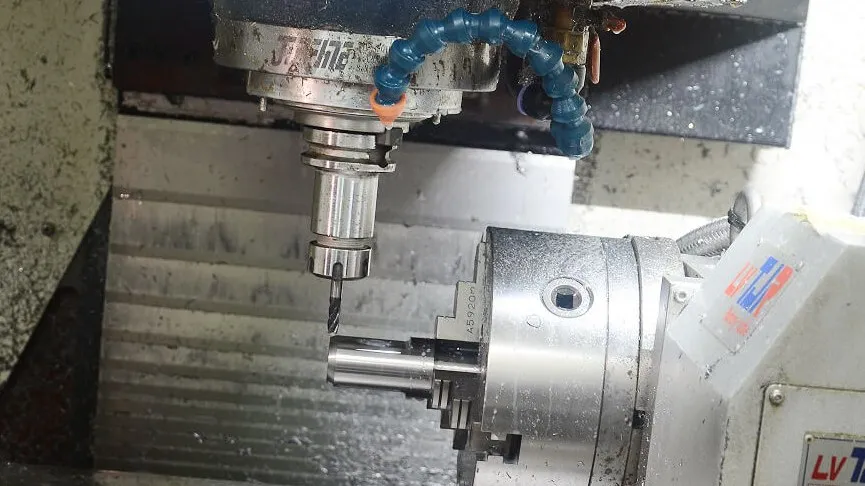
What is 3-Axis CNC Machining?
3-axis CNC machining uses three axes—X, Y, and Z—to make parts. It’s a subtractive process. This method is simple and versatile, making it popular for many needs.
Advantages of 3-Axis CNC Machining
3-axis machining has many benefits. It’s often cheaper, which helps businesses with tight budgets. The machines are easy to program and use, making setup quick for simple designs.
It’s great for parts with flat or simple shapes. This makes production faster. It’s good for making prototypes and small batches quickly and accurately.
Limitations of 3-Axis CNC Machining
However, 3-axis CNC machining has its limits. It struggles with complex or detailed designs. Parts needing many angles or fine details require more time and setup.
This makes it less suitable for advanced manufacturing. Precision and detailed shapes are harder to achieve with this method.
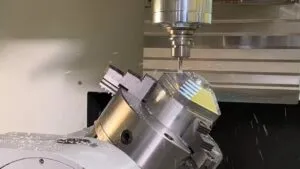
What is 4-Axis CNC Machining?
4-axis CNC machining is a big step up for CNC machines. It adds a rotational axis, making it possible to create detailed designs and undercuts. This technology has its own set of benefits and challenges.
The 4th Axis – A New Dimension
The 4th axis lets machines rotate around the X or Y axes. This adds precision and complexity to the machining process. It’s great for making parts with complex cutting paths or multi-sided access.
Advantages of 4-Axis CNC Machining
Using 4-axis CNC machining has many benefits. It improves precision in making intricate designs. It also cuts down on setup times, making the workflow smoother.
This method is especially good for industries like aerospace and medical devices. It helps create complex shapes quickly, giving companies a competitive edge.
Limitations of 4-Axis CNC Machining
However, 4-axis CNC machining has its downsides. It’s more expensive, which can be a big hurdle for small businesses. It also requires more training for operators.
This can make it harder for some to use, especially if they’re used to 3-axis machines. Businesses need to weigh these drawbacks against the benefits before deciding.
What is 5-Axis CNC Machining?
5-axis CNC machining is a big step forward in making things. It brings new levels of flexibility and accuracy to the manufacturing world. Among these, 3+2 machines are especially notable. They offer multi-axis abilities without needing constant rotation, making it easier to handle complex shapes in many fields.
3+2 Machines
3+2 machines have tools fixed in place but move in three axes plus two more for rotation. This setup is perfect for making detailed parts, especially in aerospace and cars where accuracy is key. It helps companies work more efficiently and produce more in their lines.
Advantages of 3+2 Machines
3+2 machines bring big benefits. They make processes faster and handle tricky shapes well. In places where precision is crucial, these machines boost productivity. They also let makers create parts that would be hard or slow to make with old methods.
Limitations of 3+2 Machines
Even with their perks, 3+2 machines have some downsides. They might cost more to start up than simpler machines, and you need special skills to use them fully. So, picking the right CNC machine depends on what you need to make and how much you can spend.
